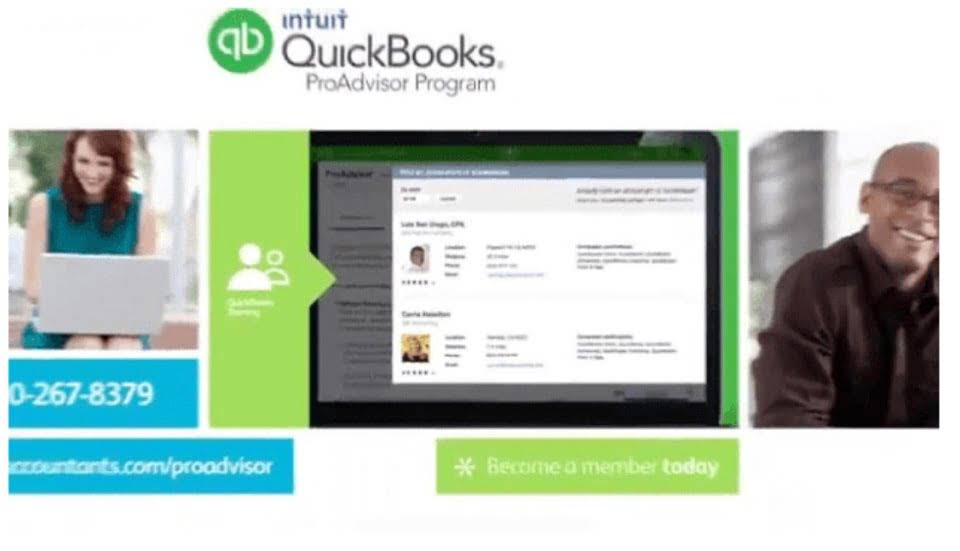
Conversely, a net loss results in a debit balance in Income Summary, which is credited to close it and debited to Retained Earnings. Finally, any dividend accounts are closed directly to the Retained Earnings account. Understand the essential distinction between temporary and permanent financial accounts. All expense accounts are then closed to the income summary account by crediting the expense accounts and debiting income summary. Closing all temporary accounts to the income summary account leaves an audit trail for accountants to follow.
Credit Cloud
The net income or not loss can be determined depending on the balance of the income summary. Under the matching principle in accounting, the expenses incurred for the period must match the related revenue. They represent the transactions that are relevant for reporting only for one accounting cycle. If you use a drawing account, you should also have the software zero it out and move it to the owner’s capital account.
What Are Temporary Accounts and Why Do They Close?
Equity accounts accumulate over time, reflecting the long-term financial health and ownership structure of the business. Closing all temporary accounts to the retained earnings account is faster than using the income summary account method because it saves a step. There is no https://clinicaserrano.do/how-to-calculate-the-annual-solar-energy-output-of/ need to close temporary accounts to another temporary account (income summary account) in order to then close that again. After preparing the closing entries above, Service Revenue will now be zero.

How Are Transactions Recorded in Temporary Accounts?

Automated systems use predefined rules and algorithms to handle data, reducing discrepancies and improving the consistency of financial records. For example, classifying a long-term asset as what do the balances of temporary accounts show a short-term expense can lead to inaccurate financial reporting. Misclassification can also lead to over- or under-reporting of revenues and expenses, negatively impacting the business’s bottom line. These accounts track the owner’s residual interest in the company after liabilities are deducted from assets.
- For example, if you wanted to know your revenue for 2022—that would be a temporary account—and in 2023, the balance would go back to $0.
- An equity account is a financial representation of business ownership accrued through company payments or residual earnings generated by an organization.
- A temporary account that is not an income statement account is the proprietor’s drawing account.
- The accountant is preparing the performance report for the period from 1 January 2023 to 31 March 2023 to see profit for the first quarter of the year.
- Examples include all Asset accounts (e.g., Cash, Accounts Receivable, Inventory, Property, Plant, and Equipment).
Examples include Sales Revenue from goods or services, Interest Revenue earned on investments, and Rent Revenue from property. You or your accountant ultimately decide what temporary accounts to create, depending on what you want to track. But here are some examples of commonly used temporary accounts to help you get started. After all, your unpaid customer invoices don’t reset just because you started a new accounting year. Permanent accounts, however, provide ongoing insights into overall financial status, maintain cumulative balances, and are typically included in balance sheets. They are temporary accounts because they are closed out at theend of each fiscal period.
- These accounts are closed at period end and their balances are transferred to the income summary account.
- Temporary accounts are recorded on a company’s income statement, which assesses profit and loss over a stretch of time.
- Surprisingly, the report shows revenues of $160,000, cost of goods sold of $80,000 and administrative expenses of $25,000 for net profit of $55,000.
- Thus, service revenue reflects income earned within a given timeframe but does not retain its balance indefinitely.
- Corporations, in contrast, usually return shareholder capital and company profits through dividend accounts.
- This reset is essential for measuring a business’s performance accurately for a given period, such as annual profitability or quarterly results.

The manual process is normally performed in Excel and comprises a workbook with formulated worksheets. Knowing how software closes temporary accounts is important for validating financial statements’ accuracy, especially when transitioning over to the next period. Accountants and bookkeepers must understand temporary accounts to perform their jobs effectively. These are called closing entries, and they reset the balances and close the temporary accounts for the year to prepare them for the new accounting cycle. Closing the books Bookkeeping vs. Accounting promptly at the end of each accounting period allows for a fresh start in the next period and aids in timely financial reporting.

What Is a Permanent Account?
In essence, all of the income statement accounts used by a company are tracked using temporary accounts. The reason that is the case is that at the end of an accounting period, the balance of the drawing account does not go to the income summary account. Temporary accounts aid in evaluating the company’s performance over specific periods and play a crucial role in decision-making processes. Temporary accounts are closed at the end of each accounting period and they begin with zero balances for the next period.

How do I know if an account is permanent or temporary?
- Therefore, entries with such adjustments are considered closing entries and passed into the temporary accounts.
- Unlike temporary accounts, permanent accounts carry their balances forward from one accounting period to the next, reflecting a cumulative financial status.
- The main objective of having temporary accounts is to show the profits (or losses) that were generated during an accounting period.
- Temporary accounts, also known as nominal accounts, are fundamental components of the accounting process used to track income, expenses, and withdrawals during a specific accounting period.
- After compiling the totals from revenue and expense accounts, the net income or loss is transferred to retained earnings, and the income summary account is closed.
You may also choose to create a temporary income summary account, which helps with the end-of-the-year closing process. It’s where you combine all the other accounts and calculate net profit (or loss)—and transfer those funds to the right permanent accounts. To find information such as expenses or revenue for a given period, you’ll use income statement accounts, which are temporary. The income statement shows a report of your business’s performance for a specific period, such as one year. Temporary accounts include all revenue and expense accounts, and also withdrawal accounts of owner/s in the case of sole proprietorships and partnerships (dividends for corporations). Some accounting information reflects the business’s ongoing financial affairs, such as assets, liabilities, and equity.